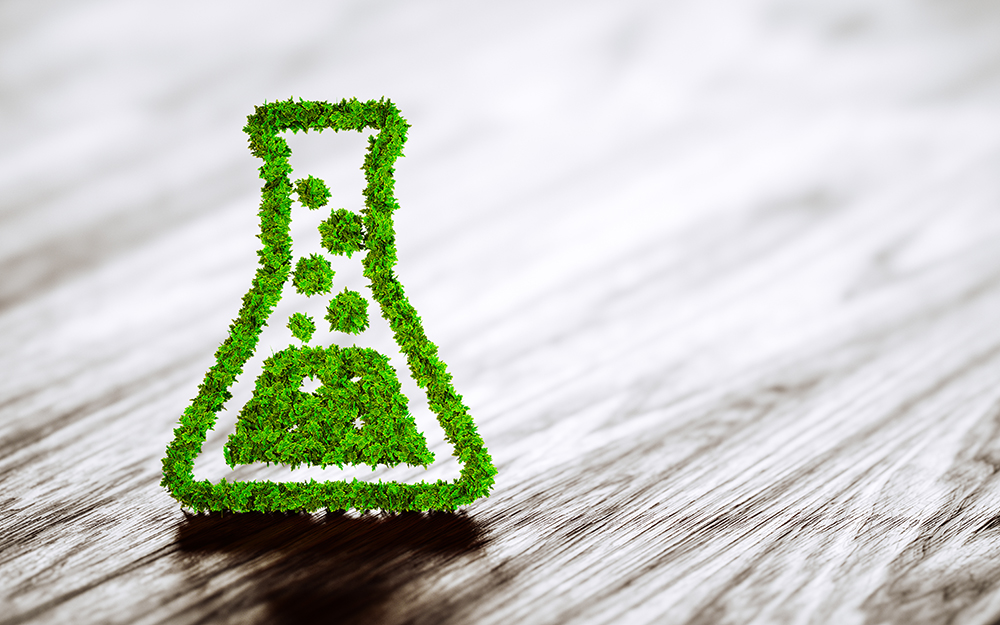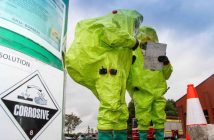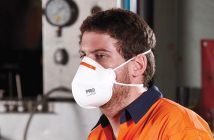Changes could be on the way after a report revealed gaps in how we monitor chemicals in the environment and how we interpret their impact on living things

The Parliamentary Commissioner for the Environment, Simon Upton, is proposing changes to the way New Zealand manages chemicals to make sure their environmental impacts are not overlooked.
“On paper, there is a robust system in place to assess risks when a chemical is introduced to the country. But many chemicals that have been in use for decades have not been subject to close scrutiny. Much of the science on their environmental impact has changed,” the Commissioner says in the report.
“The rules about how a chemical can be used shouldn’t be static – we need to be able to adapt as new information comes to light.
“Restrictions should be based on the latest science and informed by New Zealand-specific data on use and impact.”
The report, Knowing what’s out there: Regulating the environmental fate of chemicals, found that there are gaps in the way we monitor chemicals in the environment and in how we interpret their impact on living things.
Equally, there is little feedback from the monitoring that is undertaken to the chemical management system that determines how chemicals are used.
“While not all chemicals present a high level of concern, there is a lot we don’t know about chemicals reaching our environment, including how much is used, where they are used, and the effects they are having,” the Commissioner said.
“Finding out after chemicals have caused irrevocable impacts on the environment is too late.”
The Commissioner proposes that all agencies dealing with chemicals, alongside Māori, develop a common framework to better manage the environmental impacts of chemical use.
This framework should prioritise action on contaminants that pose the highest risk based on how much a chemical is being used, the potential environmental harm it could cause, and how much of it is being detected in the environment.
To gauge the scale of a chemical’s use in New Zealand, the Commissioner recommends collecting and reporting data throughout a chemical’s lifecycle. This would require importers, manufacturers, and sellers of chemicals to report on chemical quantities.
“If we know what is being used and the regional distribution of that use, we can then organise our environmental monitoring to match the scale of chemical use,” he said.
“There are over 30,000 chemicals approved for use across the country, but only around 200 chemicals are routinely tested for.
“While we cannot test every ecosystem for every chemical in New Zealand, we can do more to target those of highest potential risk to the environment.
“We also need to do a better job of setting limits for acceptable concentrations of chemicals in the environment and monitor whether these levels are being exceeded.”
To assist these goals, the Commissioner wants greater use made of environmental exposure limits and better guidance on monitoring on a regional and national scale.
Monitoring guidance should include the scope and frequency of monitoring as well as the development and implementation of Māori cultural monitoring.
“In a perfect world, if chemicals are used in the way they are approved to be used – taking into account their likely environmental fate – then what we see and find in the environment should be at acceptable levels. But theory rarely matches reality.”
“If we make these adjustments to the system we should be able to see when problems occur and amend conditions as new information arises.”
The report looks at neonicotinoid insecticides, antibiotics, and the trace metal zinc as case studies for how our regulations can overlook harmful environmental effects, and it also discusses other chemicals of interest like PFAS.
NIWA’s Dr Jennifer Gadd welcomes the report.
“New Zealand lacks a system for recording and reporting on chemical use, and without this, we don’t have the information needed to properly manage chemicals in a way that reduces risks to the environment and to people,” she says.
“Most of the methods that we use to investigate the amounts of chemical contaminants in the environment, whether in water, soil, sediment or biological organisms, rely on us first deciding what to target. When we do not know what chemicals are in use in different locations, we can waste time and resources targeting chemicals that were never there in the first place. For some substances, although this information is collected, it is held by industry bodies, and is not accessible to researchers or to the public.
“We can also miss the chemicals that are there, through lack of knowledge. In some cases, this could lead to the wrong conclusions – for example, that pesticides are rarely present in surface waters.”
Massey University’s Dr Nick Kim says focussing only on toxicity would be a mistake.
“Risks don’t only relate to toxicity – they also depend on context: where the chemical ends up after being released into the environment, how much of it there is, and what happens next.
“We know that some otherwise safe chemicals – when released on mass – can compromise or destroy entire ecosystems. As cases in point: carbon dioxide in the atmosphere; nitrogen and phosphorus in our streams, rivers and lakes.
“As a further problem: human activity releases so many substances – from personal to industrial scale, discrete chemicals to microplastics – that scientists can only ever hope to scratch the surface of characterising the many potential type of harms that may exist, let alone develop risk-based guidelines.
“And monitoring for everything is (literally) impossible. The best we can do, even with a sizeable budget, is monitor for a tiny target subset of the chemicals that are in use, in some places, some of the time. Despite our compulsion to know, in the area of chemical use there are many cases where everything is educated guesswork.
“That raises the very real problem that in focusing on managing the subset of things that we do know a lot about, we may miss the significance of larger events that are going on right under our noses.
“For the first time in New Zealand’s history, and possibly as a world-first, this report provides a rational way forward.
“To properly manage the environmental risks posed by chemical use, we need to think more widely. In parallel with toxicity and the potential for a chemical to cause ecological harm we need to incorporate environmental context along two additional axes: whether the chemical present in the environment, and (if so) at what scale.
“This report focuses on finding a better way to manage the potential environmental impacts of chemical use, and I find myself in full support of its recommendations. For me, Recommendation 1 is where it all comes together: “Require all agencies dealing with chemicals to develop a common framework based on scale, potential harm and environmental presence of chemicals to prioritise their efforts to consider, and manage, the environmental impacts of chemical use.”
“The perspective shift represented by development of a common New Zealand framework of this type would go a long way to dealing with gaps in our current range of approaches. I hope this report serves to catalyse that shift.”







